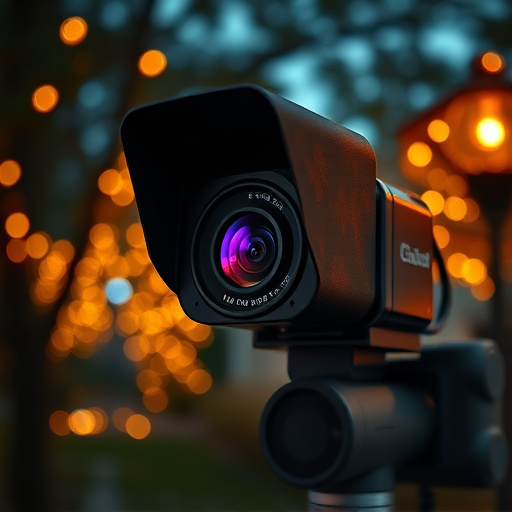Balancing privacy and safety in elderly care settings with covert camera networks requires discreet placement of best hidden cameras for elderly care. Strategically positioned cameras, integrated naturally into the environment, allow staff to monitor activities while adhering to legal guidelines on surveillance and respecting resident privacy rights, fostering trust through ethical considerations.
“Uncovering the best hidden cameras for elderly care involves a delicate balance between privacy and caregiver assistance. This article guides you through essential best practices for installing a covert camera network, focusing on evaluating caregiving needs, discreetly placing cameras for comprehensive monitoring, and navigating ethical considerations alongside legal guidelines. Discover expert tips to ensure a secure yet respectful environment.”
- Evaluating Needs: Privacy vs. Caregiver Assistance
- Discreet Camera Placement for Comprehensive Monitoring
- Ethical Considerations and Legal Guidelines for Installation
Evaluating Needs: Privacy vs. Caregiver Assistance
Evaluating your needs is a crucial step in installing any covert camera network, especially when it comes to best hidden cameras for elderly care. While prioritizing privacy is essential, considering caregiver assistance can significantly enhance safety and peace of mind. Caregivers equipped with live video feed access can promptly respond to emergencies, monitor medication intake, and ensure overall well-being without infringing on the resident’s privacy.
This delicate balance involves discreetly installing cameras in common areas and private spaces alike, while also implementing robust privacy measures like motion detection alerts, time-lapse recording, and data encryption. The goal is to foster a safe environment that respects individual autonomy, making best hidden cameras for elderly care both effective and ethical.
Discreet Camera Placement for Comprehensive Monitoring
Discreet camera placement is a cornerstone of any effective monitoring system, especially in sensitive environments like elderly care facilities. When considering the best hidden cameras for elderly care, location is key. Cameras should be strategically placed to capture key areas without drawing attention or causing discomfort. This might include installing them in corners, behind furniture, or within everyday objects like picture frames or clocks.
The goal is to achieve comprehensive monitoring while maintaining a natural and comfortable environment. Proper placement ensures that staff can observe residents’ daily activities, detect any unusual behavior, and ensure their safety without intruding on privacy. It’s important to follow legal guidelines regarding surveillance and inform both residents and staff about the presence of cameras to maintain transparency and trust.
Ethical Considerations and Legal Guidelines for Installation
When considering the installation of a covert camera network, especially in sensitive areas like elderly care facilities (best hidden cameras for elderly care), ethical considerations and legal guidelines must be paramount. The privacy rights of individuals are sacred, and any surveillance measures should respect personal boundaries while ensuring the safety and well-being of those being monitored. It’s crucial to obtain informed consent from residents or their legal guardians, especially when capturing intimate spaces.
Legal frameworks vary by region, but many countries have strict regulations governing the use of hidden cameras. These laws often mandate clear and conspicuous placement of surveillance equipment, limiting their use to specific purposes such as security, safety, or legitimate business operations. Adhering to these guidelines not only ensures legal compliance but also fosters trust among those being observed, particularly vulnerable populations like the elderly.
When considering the best hidden cameras for elderly care, it’s crucial to balance privacy concerns with the need for comprehensive monitoring. By carefully evaluating your needs, discreetly placing cameras, and adhering to ethical guidelines and legal regulations, you can create a safe environment while respecting individual privacy. These best practices ensure that caregiver assistance is enhanced, not compromised, fostering a secure and peaceful atmosphere for those in need of care.
